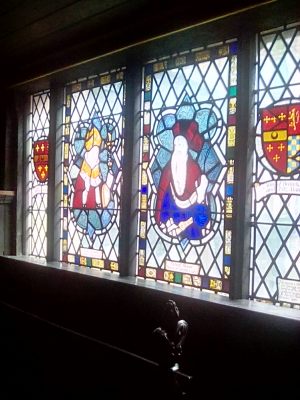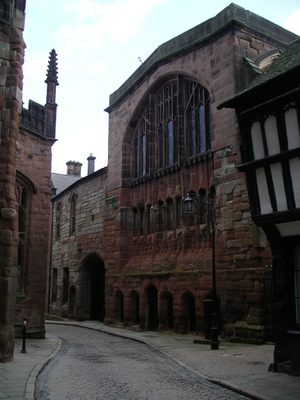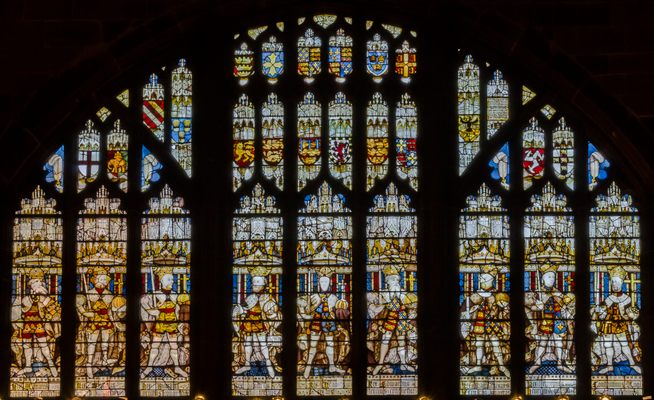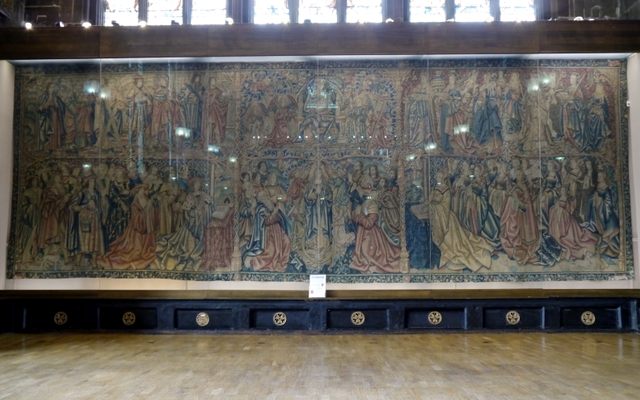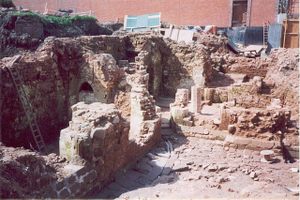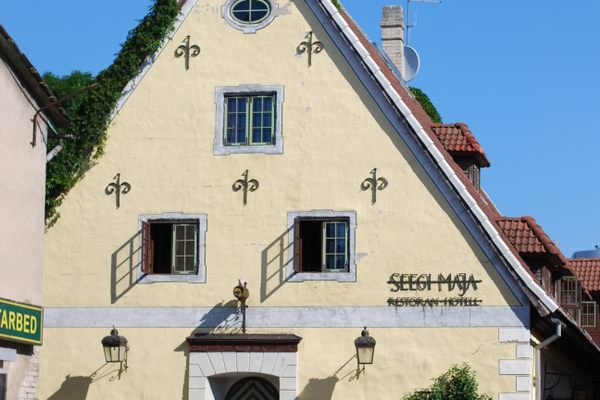About
This magnificent medieval guildhall houses an impressive stash of historic treasures like paintings, stained glass windows, and centuries-old armor. Famous figures have wined, dined, and been imprisoned within its walls.
The building started its life as part of the now largely demolished Coventry Castle. It was built around 1340 and was gradually extended as the various merchant guilds of Coventry amalgamated and adopted the building as their administrative and ceremonial headquarters.
The guildhall was the main stronghold of Henry VI's court during the Wars of the Roses. It still guards a treasured relic from this era. A famous tapestry believed to depict Henry VI and Margaret of Anjou, installed in 1499, still hangs in its original location.
King Henry VI wasn’t the only royal to set foot inside. In 1570, following a Catholic rebellion in the north of England, Queen Elizabeth ordered Mary Queen of Scots, already a prisoner in Staffordshire, to be moved to the walled city of Coventry. Mary spent only one night in St. Mary's Guildhall, but was detained at other places in the city for several months.
Famous voluntary visitors spent time within its historic walls, too. King James II was said to have been so well entertained during his time at the guildhall that the banqueting table collapsed under the weight of all the food. Dick Whittington, three times Lord Mayor of London, also stopped by.
The guildhall is open for self-guided tours of the great hall, the impressive medieval kitchen, and a number of anterooms. There’s also a cafe located in the guildhall’s undercroft.
Related Tags
Know Before You Go
Admission to the guildhall is £10.80 for adults. Opening times and information about themed displays are shown on the website.
There is a lift from the courtyard to the great hall, which contains the tapestry. Due to the historical nature of the building, access to the upper rooms is only via a spiral staircase.
The best parking is next to the Pool Meadow bus station.Coventry railway station is a 20-minute walk or you can get a bus to Pool Meadow. As you enter look out for two reminders of Coventry's 20th century history. One is a plaque erected in 1918 by the Belgian refugees of WWI in thanks to the hospitality of the people of Coventry who welcomed them. Another is the Memorial to the 50-plus firemen killed in the Coventry Blitz in WWII. Of these most were killed in one night.
Community Contributors
Added By
Published
April 13, 2018


